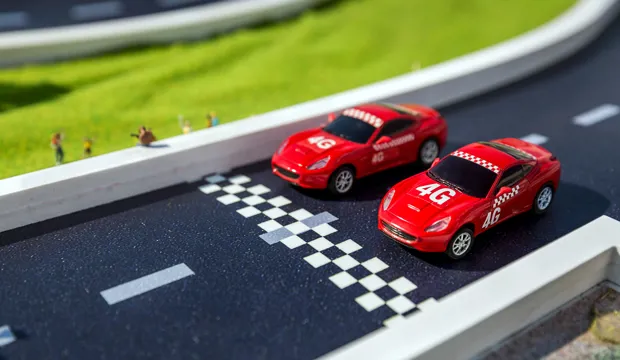
Making invisible ink
Learn how to make invisible ink
Write secret messages to your friends using invisible ink in this fun science activity for KS2!
Activity: Making invisible ink
This is one of a set of free STEM resources developed to support the teaching of the primary national curriculum. They are designed to support the delivery of key topics within Mathematics and Design and Technology. This resource can be carried out either in school or at home.
In this engaging activity learners will have fun with science by making invisible ink from lemon juice mixed with water. Learners will then have the opportunity to write secret messages to their friends. Finally, they will use heat to reveal the messages.
This activity could be used as a main lesson activity, to teach learners about how substances can change colour when heated.
Follow these steps to create your own invisible ink and write messages to your friends:
- Step 1 – Squeeze the juice of half a lemon into a bowl. Add a few drops of water and mix with a spoon.
- Step 2 – Dip a cotton bud into the mixture and write a message onto white paper. Wait for the juice to dry and turn invisible.
- Step 3 – Heat the paper either using a hairdryer or next to a warm lamp bulb. The message will turn brown and be revealed.
- Step 4 – Use invisible ink to write a secret note to a friend. Ask your friends to read and reply to the message.
More detailed instructions and optional extension activities can be found on the activity sheet below.
How long will this activity take?
This activity will take approximately 40-60 minutes to complete.
Tools/resources required
- Lemons of bottle of lemon juice
- Water
- Small bowls
- Cotton buds/paint brushes
- White paper
- Hairdryer or lamp
The engineering context
Engineers are able to use colour changing chemicals to show that something is present. For example, bioengineers working with soil use litmus paper to see if the soil is acidic. Blue litmus paper turns red when it is placed in acidic soil.
Materials engineers have created smart materials that can change their properties – for example, thermochromic pigment is used in food packaging to change colour when the food is heated to the correct temperature.
Suggested learning outcomes
By the end of this activity students will know that some substances change colour when heated, they will be able to make invisible ink from lemon juice and they will be able to write secret messages.
Download the free Making invisible ink activity sheet below!
All activity sheets and supporting resources are free to download, and all the documents are fully editable, so you can tailor them to your students’ and your schools’ needs.
The activity sheet includes teacher notes, guidance, useful web links, and links (where appropriate) to the national curriculum in each of the four devolved UK nations; England, Northern Ireland, Scotland and Wales.
Please share your classroom learning highlights with us @IETeducation.




